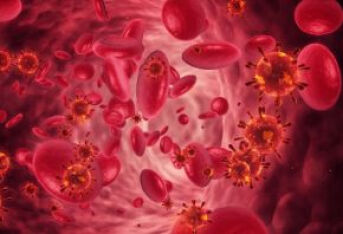Low Potassium and Hyperthyroidism: Key Differences
Low potassium血症 is a common pediatric condition, while hyperthyroidism is an endocrinology disease. These are two distinct diseases, differing in etiology, symptoms, diagnosis, and treatment.
","1. Etiology: The cause of low potassium血症 is mainly due to reduced intake, increased potassium intake into cells, and gastrointestinal loss, urine loss, etc. Hyperthyroidism is caused by an excessive production of thyroid hormones.
","2. Symptoms: Patients with low potassium血症 may exhibit symptoms such as muscle weakness, digestive system symptoms, arrhythmias, and urinary system symptoms. The latter may show symptoms such as weight loss, thinness, increased intestinal peristalsis, and insomnia.
","3. Diagnosis: Low potassium血症 can be diagnosed through physical examination, blood tests, urine tests, CT, etc. Hyperthyroidism requires tests for T3, T4 levels, thyroid function tests, and blood routine tests to diagnose the disease.
","4. Treatment: Patients can be treated with drugs such as potassium chloride, glutamic acid potassium, etc. If the symptoms are not relieved by medication, surgery can be considered. For the latter, treatment can be缓解ed through antithyroid drugs or surgery. Some patients may require traditional Chinese medicine to treat complications.
","Low potassium血症 is a pathological state in which serum potassium is below the normal physiological minimum concentration. Potassium is the main cation maintaining normal cellular physiological activity, which is important for maintaining the normal movement of nerve and muscle cells. Normally, blood potassium concentration is between 3.5 and 5.5 mmol/L. When blood potassium is below 3.5 mmol/L, symptoms such as muscle weakness and fatigue may appear. Hyperthyroidism is a clinical syndrome caused by an excessive production of thyroid hormones, which can lead to increased metabolism and energy consumption.
","Understanding the differences between low potassium血症 and hyperthyroidism is crucial for accurate diagnosis and treatment. Patients should follow medical advice, adhere to medication instructions, and maintain regular follow-up appointments.
"]


 刘志娟主任医师首都医科大学附属北京地坛医院
刘志娟主任医师首都医科大学附属北京地坛医院










